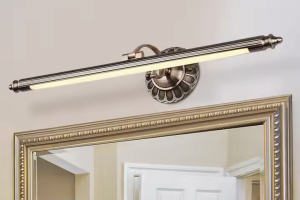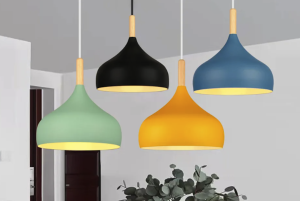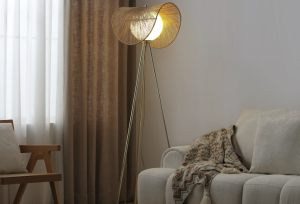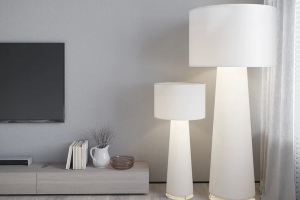Furniture 3D Models
3 min read
When it comes to furniture, high-quality 3D modeling is a valuable asset in many different stages of the production process. The 3D model provides a virtual prototype of the actual furniture item, which can be explored from any angle and viewed in real-time with augmented reality. This allows the customer to visualize how it will fit in their home, office or workspace and makes it much easier for them to make an informed purchasing decision.
High-quality 3D models are also extremely useful when it comes to creating company product lines. Furniture manufacturers can use the model to experiment with a variety of designs and shapes, which helps them get creative and develop new products quickly. This streamlined development process also saves them money by reducing the cost of producing physical prototypes.
In addition, a high-quality 3D model can be used for marketing and advertising purposes. It is far more effective than traditional photography, as it can show the product from multiple angles and in a variety of environments. This helps customers to understand how the product will look in their own space, and it can increase sales and brand awareness.
Furniture 3D models are used to visualize and create a wide range of projects, from interior design for homes and offices, to industrial and commercial spaces. A 3D model can help to illustrate the dimensions and scale of a piece, as well as its color and finish. It can also help to create an accurate prototype, which can be tested and modified before production begins. It can even be used to test the performance of a new design or material.
The 3D modeling industry is booming, and there are many different programs that can be used to create a model. These include SketchUp, Vectorworks, Woodwork for Inventor and more. These programs are available to designers and engineers on a subscription basis, or they can be purchased as standalone software. Some of these programs are specialized in specific kinds of work, such as woodworking or CAD software, but they all have a few things in common.
For example, all of these programs allow users to create a virtual prototype of a piece of furniture, which can be explored from any angle and in a variety of environments. They can also be tested for sturdiness and performance by applying a certain amount of force to the model. This can help to identify areas of excessive pressure or stress, which may cause the piece of furniture to deform or break. This information can be very helpful in avoiding costly errors in the design process and improving the quality of the finished product. This can help the furniture manufacturer to save time and money, while ensuring that their products are as safe as possible for their customers to use. It can also help them avoid expensive rework or redesigns. Moreover, it can improve the efficiency of the manufacturing process. In this way, the 3D furniture model can become a key tool for companies that want to stay competitive in their field.




